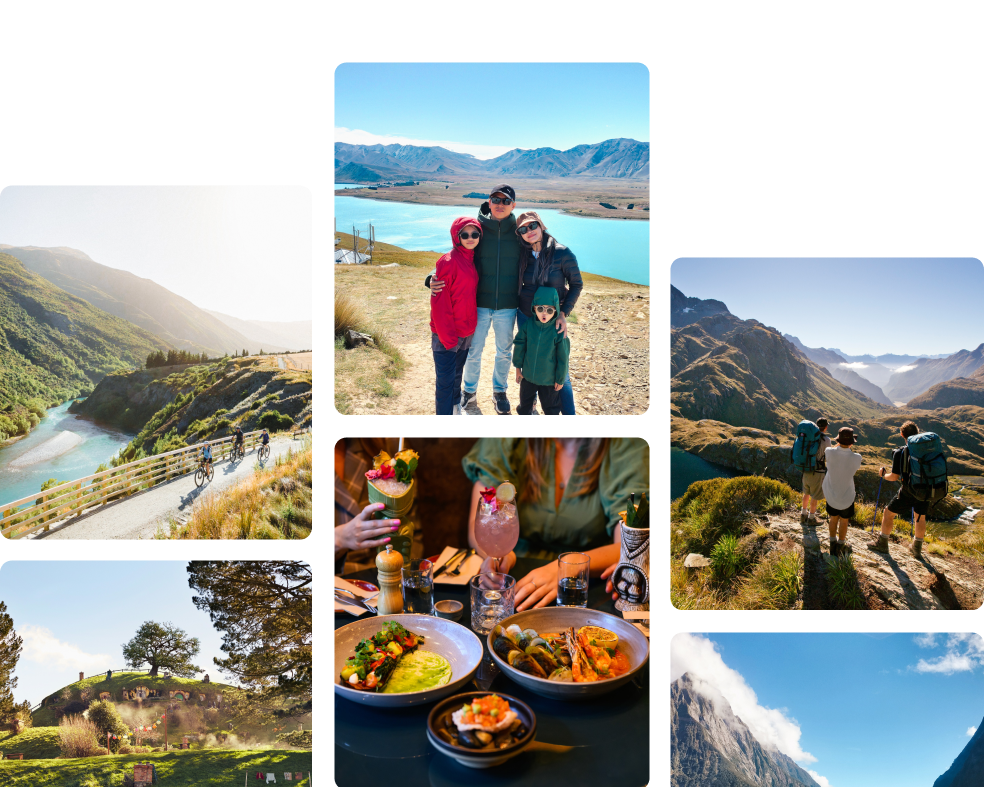Whanganui National Park, nestled in the central North Island of New Zealand, offers a serene escape into untouched wilderness and cultural heritage. Spanning across rugged landscapes, ancient forests, and the winding Whanganui River, this national park beckons adventurers, nature enthusiasts, and cultural explorers alike.
Location
Located southwest of Taupo and northwest of Palmerston North, Whanganui National Park is renowned for its pristine natural beauty and rich cultural significance.
Opening Hours
The park is open year-round, though facilities and accessibility may vary depending on weather conditions and seasonal factors.
Highlights
- Whanganui River: A major feature of the park, offering opportunities for canoeing and kayaking amidst breathtaking scenery.
- Bridge to Nowhere: A historic landmark accessible by boat or hiking, symbolizing the area’s pioneering history.
- Native Forests: Home to diverse flora and fauna, including rare native birds such as the North Island kaka and kiwi.
Activities
- Canoeing and Kayaking: Explore the Whanganui River, known for its tranquil waters and stunning riverbank landscapes.
- Tramping (Hiking): Several walking tracks ranging from short walks to multi-day tramps, offering opportunities to immerse in the park’s wilderness.
- Cultural Experiences: Learn about the park’s rich Maori heritage through guided tours and visits to significant sites.
Admission Fees
Entry to Whanganui National Park is free of charge.
Facilities
- Visitor Information Centers: Provides maps, guides, and information about the park’s trails and cultural sites.
- Campsites: Several campsites along the Whanganui River for overnight stays (booking required).
Accessibility
Whanganui National Park, due to its rugged terrain and natural environment, may have limited accessibility for wheelchair users. It’s recommended to check with the Department of Conservation for specific details and accessible tracks.
How to Get There
To reach Whanganui National Park:
- By Car: From Whanganui, take State Highway 4 towards Pipiriki for access to the park’s northern entrance.
- Public Transport: Limited public transport options are available; driving is the most practical means to access the park.
Nearby Attractions
- Whanganui City: Explore its heritage buildings, art galleries, and the famous Whanganui River.
- Mount Taranaki: A volcanic peak offering hiking and outdoor activities within driving distance of the park.
- Tongariro National Park– Home to spectacular Volcanic Plateaus
Insider Tips
- Weather Awareness: New Zealand’s weather can change rapidly; pack appropriate gear and check weather forecasts before heading out.
- Permits for Overnight Stays: If planning to camp or stay overnight along the Whanganui River, ensure you have the required permits in advance.
- Guided Tours: Consider joining guided tours to gain insights into the park’s cultural and natural history.
What Visitors Say
Visitors often describe Whanganui National Park as a hidden gem, praised for its unspoiled landscapes, peaceful atmosphere, and cultural significance. Many appreciate the opportunity to canoe down the Whanganui River and immerse themselves in nature away from the hustle and bustle of urban life.
For more highlights and tour reviews see real experiences from our guests: The Road Trip Testimonials.
Photos and Videos
For photos and videos of Whanganui National Park visit the official Department of Conservation website: https://www.doc.govt.nz/parks-and-recreation/places-to-go/manawatu-whanganui/places/whanganui-national-park/
Contact Information
Department of Conservation (DOC) Whanganui Office
Phone: +64 6-349 3700
Email: [email protected]






